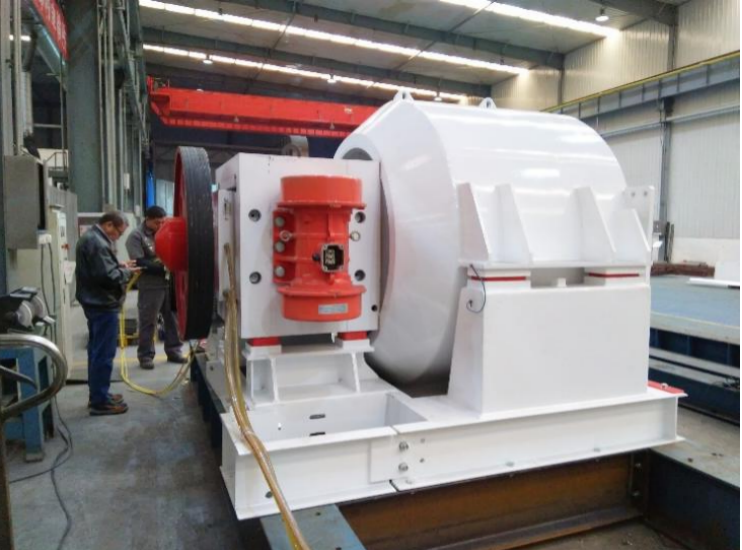
The non-desliming process has undergone significant development over the years in terms of design and understanding the dense medium system. Its advantages include a simple layout, low plant height, simple process, high separation accuracy, low media consumption, and adjustable parameters. However, due to some individuals' lack of understanding and resistance, these remarkable advantages have yet to be widely recognized.
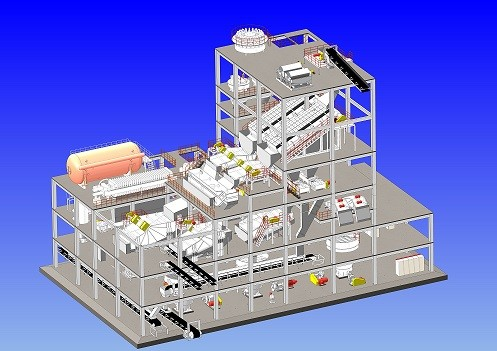
Fig.1 Coal Preparation Plant Design
During reviews between different design units, there have been suggestions to change the non-desliming process to a desliming process. In such cases, some engineers' advice is to refrain from making disruptive suggestions without proper understanding. It is essential to visit the site, study more issues, avoid viewing things with outdated perspectives, and not rely on opinions from ten years ago to guide the current non-designing process. Embracing new concepts is easy, but letting go of old notions can be challenging.
Especially with the increasing capacity of cyclones, there are actual projects where a 1000mm cyclone can handle 400 tons per hour of raw coal, and a 1300mm cyclone can handle 1000 tons per hour of raw coal without desliming and selecting coking coal. Considering this, who knows how much a 1500mm cyclone can take? These cases have fundamentally challenged the previous understanding of cyclones and brought about disruptive changes.
For example, the non-desliming process involves a single large-scale cyclone for raw coal separation, dense medium separation for coarse coal slurry, jigging screens for fine coal magnetite tailings, and a flotation machine. Two fine coal slurry desliming dewatering jigs and some primary flotation clean coal are used for recovery.The water under the jig is used for flotation,while the centrifuged liquid from the coal centrifuges is used for flotation.The flotation clean coal is then dewatered using a flotation clean coal filter press.
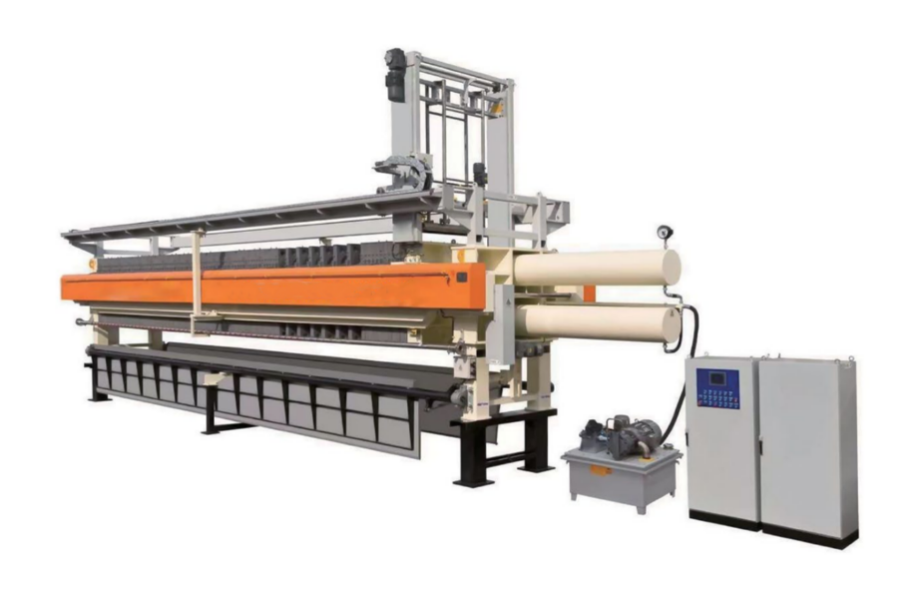
Fig.2 HOT Intelligent Filter Press
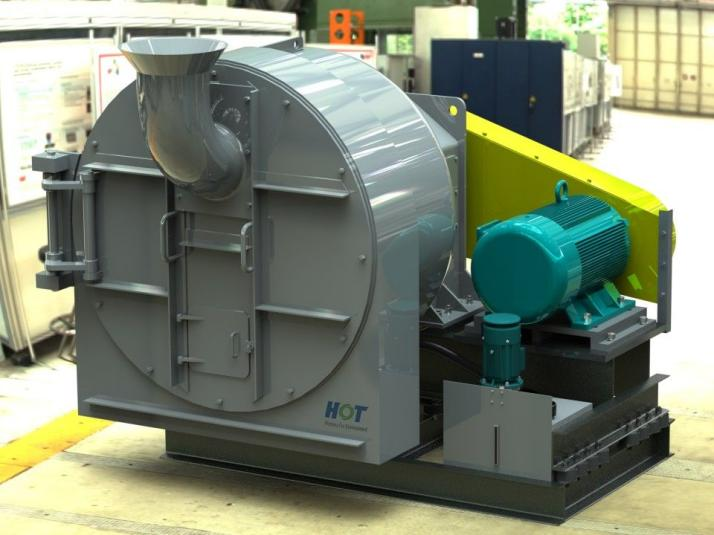
Fig.3 HOT Coal Centrifuges for Coal Coarse
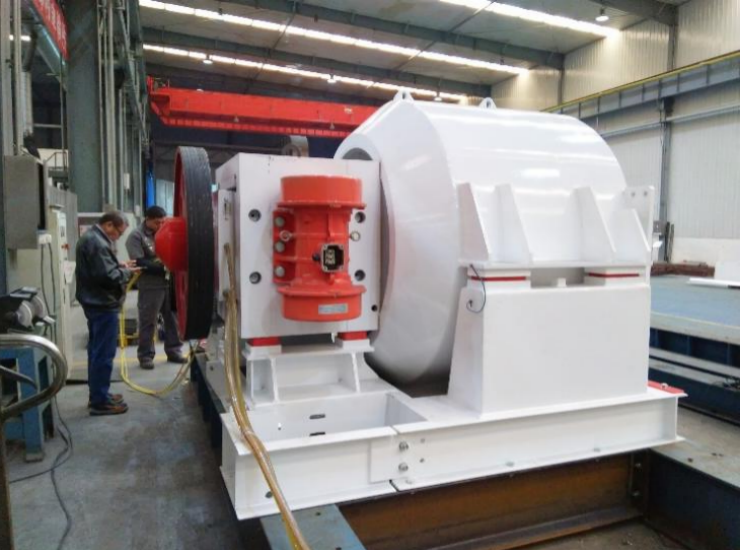
Fig.4 HOT Coal Centrifuges
Admittedly, there are plants with high media consumption in non-desliming processes, plants with poor separation in dense medium separation, and cases where jigs could perform better. But what are the reasons behind their poor performance? Why do some work well? It is crucial to conduct more investigations, learn, think, and question less to avoid falling further behind.
The key to the non-desliming process lies in selecting desliming screens and magnetic separators, which differ significantly from the selection in desliming processes. Even in non-desliming circles, if the pre-desliming and desliming screen selections are appropriate, very little media will escape through the screens. There have been cases in desliming plants where media consumption exceeded 2.0 kg due to poor pre-desliming and improper screen selection. As mentioned, the dense medium system has complications, and significant media loss on the screens can lead to changes in middling ash content. The stability of indicators is compromised when media is lost, and different screens with media loss exhibit other characteristics. Media loss on the reject screen can potentially increase the reject in the clean coal, while media loss on the clean coal screen can increase the amount of middlings and decrease the heating value of the middlings.
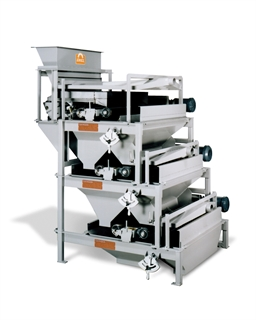
Fig.5 Eriez Dry High Intensity Rare Earth Roll Magnetic Separator
Now let's discuss magnetic separators.Publicly available data states that a 12192972 magnetic separator can handle 300-350 m³. However, severe turbulence occurs in practice when the feed volume reaches 300 m³. Additionally, the impact of feed density on magnetic separation recovery rate is more significant than the impact of flow rate. Therefore, the selection of magnetic separators is based on feed density, and the feed slurry volume is calculated accordingly, not the dilute medium volume. Thus, selecting magnetic separators based on textbook process calculations is inaccurate. For a five million-ton plant with a maximum coal slurry content of 35%, the non-desliming process would require approximately 16 units of 9142972 magnetic separators. It is important to note that the clean coal magnetic separator is prone to high concentration. In contrast, the reject magnetic separator operates at lower concentrations with coarser particles, which can potentially cause blockages. Therefore, the feed volume for the reject magnetic separator should not be too low.
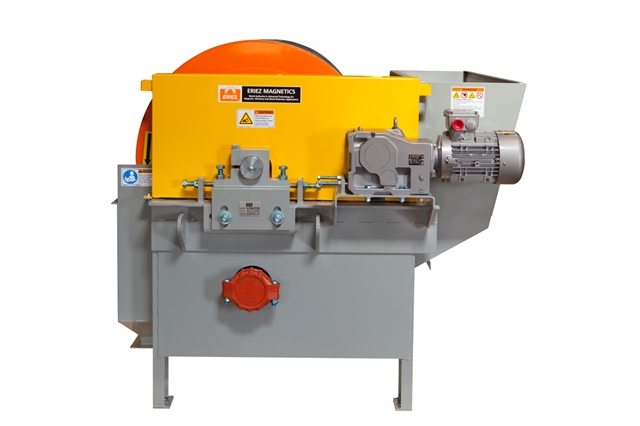
Fig.6 Eriez Wet Drum Separators
Next, let's discuss Screen Bowl Decanter centrifuges from HOT Company, which have high power requirements, extensive maintenance, and high foundation requirements. These are their main characteristics. They have a power of around 200 kW, and the primary maintenance involves the drum, which needs replacement every 1.5 to 2 years at approximately 200,000 RMB. This is their main drawback.
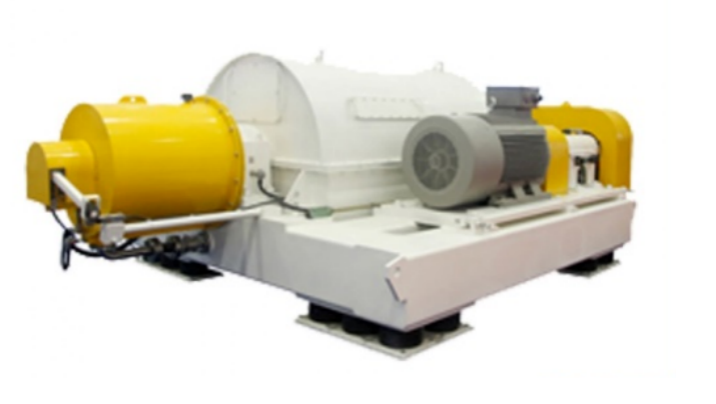
Fig.7 HOT Screen Bowl Decanter Centrifuges
However, their advantages are remarkable. They have a low recovery limit and can achieve a separation size of 0.045mm. They can be used to dewater coarse fine coal slurry and flotation clean coal together. After dewatering, the material on the screen is loose. It can be blended into clean coal, reducing the number of flotation clean coal filter press by half and lowering the overall investment.
In some coal preparation plants, where clean coal from flotation accounts for one-third of the total clean coal, a declining process combined with an H-TBS (HOT- Teeter Bed Separator) and flotation is used, along with coal slurry centrifuges and high-pressure filter press. However, this approach has its issues. The dense medium clean coal and flotation clean coal cannot be blended. The rich media clean coal has a moisture content of 7-8%, the coarse fine coal slurry has a moisture content of 14-15%, and the flotation clean coal has a moisture content of 22-24%, resulting in an overall clean coal moisture content of 13-14%. Selling such products is challenging, forcing the dense medium clean coal and flotation clean coal to be sold separately at different prices, resulting in significant economic losses
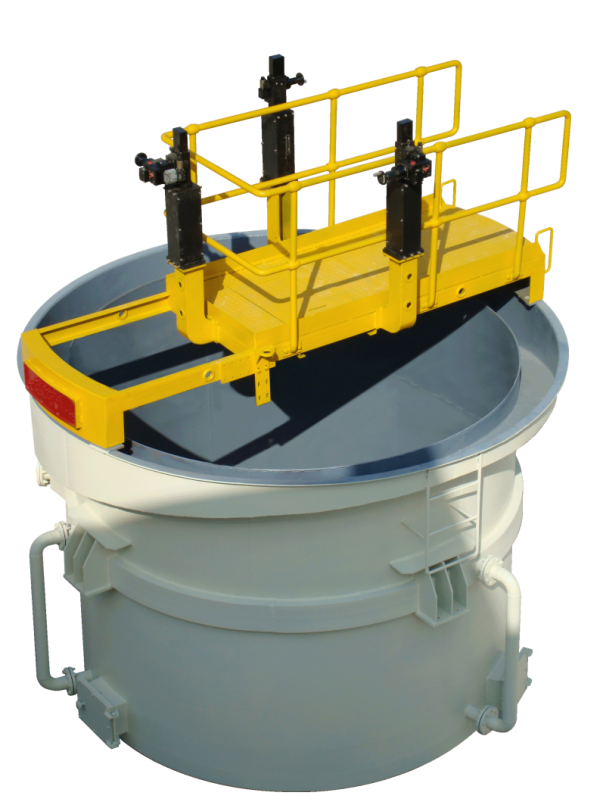
Fig.8 HOT Teeter Bed Separator
In such cases, if the aforementioned non-desliming process, coal slurry dense medium, and coal centrifuges are used, the clean coal moisture content can be controlled below 11%. The main reasons are as follows:
The critical factor for separation accuracy is the fine coal slurry. When designing, the crucial fine coal slurry is removed, resulting in the instability of the suspension. Pay attention to the uniformity and stability of the density field in the cyclone. When the fine slurry content is low, the equal-density curves fluctuate, resulting in larger clean coal particles in the middlings. Additionally, adjusting the fine coal slurry content is critical to changing the density difference between the first and second stages. With fine coal slurry, the density difference between the first and second stages is practically attainable, making it possible to adjust the middlings and reject if a dynamic cyclone is used.
In laboratory tests, the separation performance of coal slurry dense medium is superior to TBS. However, the performance could be better in industrial conditions, mainly due to poor design. When properly designed, coal slurry dense medium offers better separation than TBS, especially when there are strict requirements for clean coal ash or when the internal ash content is high. Therefore, a well-designed coal slurry dense medium process results in a lower separation limit, reducing the need for flotation.
Using coal centrifuges, coarse fine coal in the 0.75-0.15mm range can be recovered, and the clean coal moisture content can be reduced to around 13%. This reduces the amount of feed into the flotation machine and the amount of material sent to the thickener. It can effectively reduce the amount of flotation clean coal pressure filtration by approximately 50% and significantly lower the moisture content of the clean coal. This has been demonstrated in a specific engineering case. The flotation clean coal offers flexibility and can be sent to the coal centrifuge feed hopper or the flotation clean coal tank for filtration. When a portion of the material is directed to the centrifuge, the clean coal moisture content decreases to below 10.5%. When all the material is filtered, the clean coal moisture content increases. This effect is more pronounced when the flotation clean coal yield is relatively high.
Regarding wear and tear on the coal centrifuge, ensuring the presence of a coarse screen with a 2.5mm slot and using the sieve bend to cut the coarse material has different levels of wear. The feed should be stable and not fluctuate significantly, and the feeding particle's size distribution should be adjusted as it affects the moisture content on the screen. The coal centrifuge's advantages can be fully utilized by adequately addressing these issues.
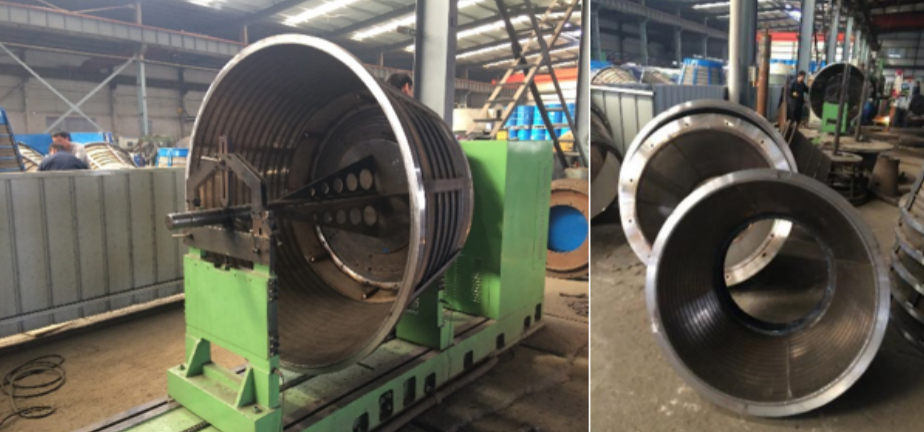
Lastly, let's discuss how the flotation feed is compressed. Compressing the flotation feed is based on achieving a separation limit of 0.15mm for the coarse fine coal at the front end. In the coarse fine coal section, when the separation is set at 0.15mm instead of 0.25mm, approximately 40% of the material is removed, reducing the solid content entering the flotation machine. As a result, the feed concentration for flotation decreases, and the amount of dilution water also decreases, naturally reducing the flotation volume and the amount sent to the thickener. This improves the overall system performance.